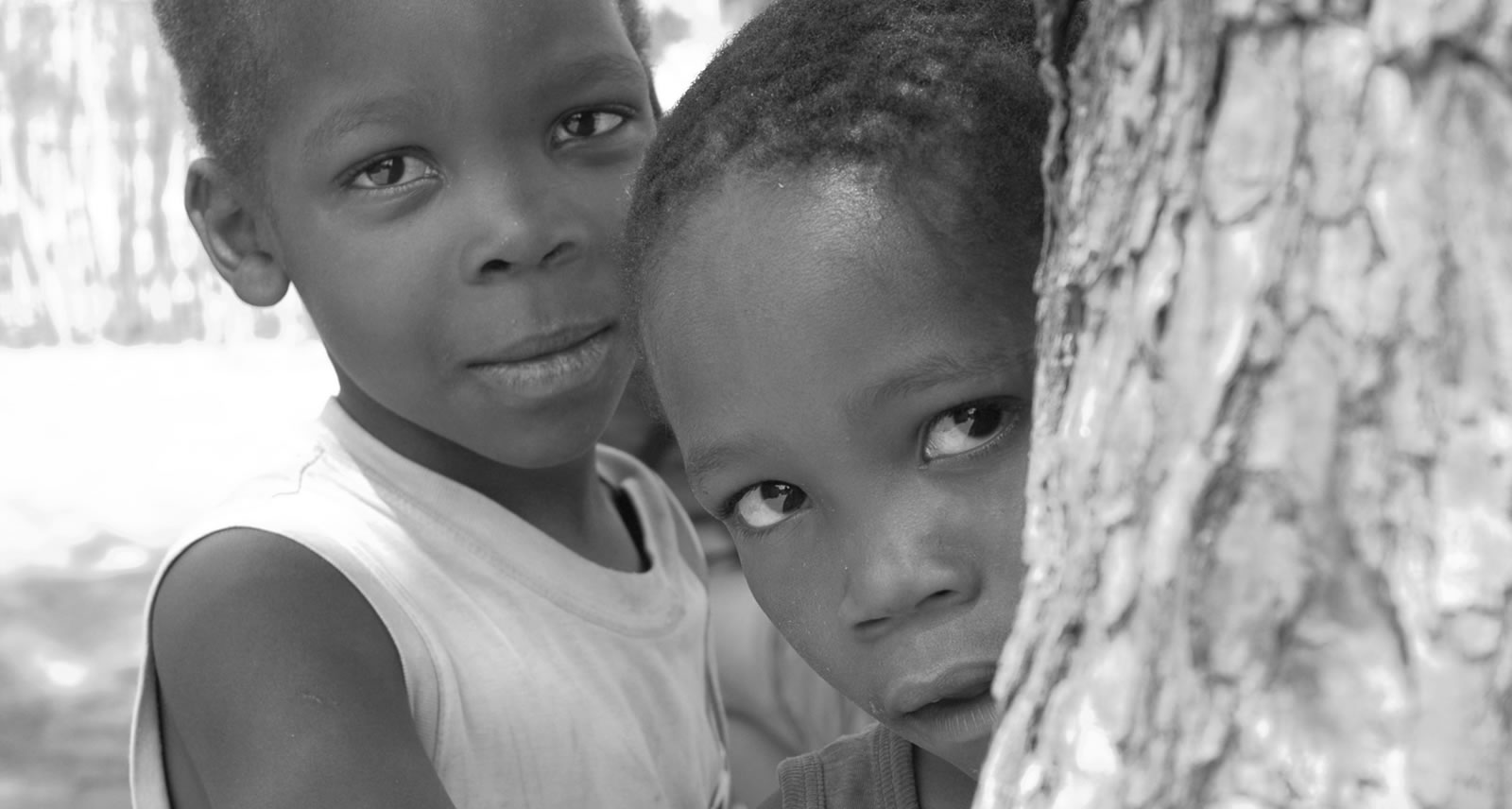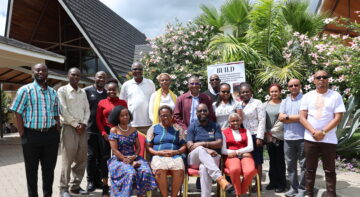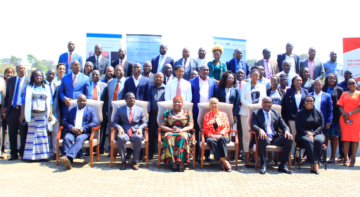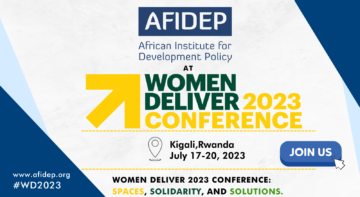News

This week development experts, governments and other stakeholders convened in New York for the 50th Session of the United Nations Commission for Population and Development (CPD).
AFIDEP’s Dr Eliya Zulu was the keynote speaker at the Session’s opening on 3rd April 2017. Dr Zulu spoke on changing population structures and how strategic investments are critical in driving sustainable development in youthful societies.
The nature of the world’s population is changing due to a phenomenal decrease in fertility and death rates, which can be attributed to improvements in modern medicine and other socio-economic advancements. As a result, the world, and particularly Africa, is witnessing an increase in the youth population and a decrease in child dependents as the fertility rate continues to decrease.
Dr Zulu pointed that in Africa, the decline in death and birth rates has been quite slow compared to countries in Asia and Latin America and as a result, the continent’s youthful population is growing faster. “The big gap between birth and death rates in Africa, which is projected to persist beyond 2070, means that the continent’s population will continue to grow and remain youthful during most of this century,” he emphasised.
The disadvantage is that in youthful populations dominated by children and youth, the relatively few people in the working-age population carry a huge burden of taking care of the needs of children and youth. This limits the resources that families and governments spend on education and health. In addition, parents also lack surplus money to save for their pension in old age. Further, the amount of time spent by women taking care of children limits their participation in the labour force, not forgetting the fact that high fertility is often associated with low levels of female education.
However, Dr Zulu pointed that when birth rates fall rapidly, these bottlenecks will be unlocked as the proportion of children and youth declines while the proportion of working-age adults increases, thereby providing a temporary window of opportunity for accelerated economic growth called the demographic dividend.
Strategic and timely investments
Pointing to the success of the Asian Tigers and the tremendous economic growth they achieved between 1970 and 2000, Dr Zulu noted that Economists attribute about a quarter to a third of this economic growth to the manner in which the Asian Tigers took advantage of the shift from an age structure dominated by dependent children and youth, to one dominated by working-age adults. “It is worth noting that this economic success did not happen automatically [rather] it was realised through strategic and sustained investments in family planning that facilitated rapid fertility decline and the change in the age structure; investments in quality education and health that produced a healthy and skilled workforce, and economic reforms that created ample jobs for the working-age population,” said Dr Zulu.
He further pointed out that the opportunity to harness the demographic dividend is time-bound. This means that if the window of opportunity created by rapid decline in birth rates is not grabbed and followed by the other critical investments, then countries will “miss the bus.’
The window in African and Asian countries
As Dr Zulu noted, fertility is just beginning to decline in most countries in sub-Saharan Africa. For instance, in Malawi, Zambia, and Senegal, where birth rates exceed 4 children per woman, populations will remain youthful for many years to come. However, countries in Southern and Northern Africa have experienced relatively fast fertility decline. South Africa and Tunisia have well-defined youth bulges while Botswana”s bulge is more rectangular because the pace of fertility decline has stalled just below three births per woman. These countries have already earned some demographic dividend and have a shorter window of opportunity remaining to continue doing so.
Tajikistan, Pakistan, and Philippines present examples of Asian countries harbouring youthful populations where the youth bulge has not fully formed. These countries can create opportunities to harness the demographic dividend by stepping up investments in family planning, education, and job creation.
Where do we go from here?
In order to transform the youthful societies and achieve sustainable development, Dr. Zulu urged that countries with high birth rates need to enhance family planning programmes by ensuring that barriers to access and use of contraceptives are addressed. For instance, in Africa, about a third of women who would want to delay or stop childbirth have no access to contraceptives.
Further, governments need to make strategic investments in transformative education as envisaged in the sustainable development goals (SDG) agenda and national long-term development plans. Dr. Zulu underscored the urgent need for an education that goes beyond passing examinations and acquiring certificates, to one that provides quality learning focused on innovation, science and technology, as well as transferable skills like critical thinking and entrepreneurship. He further noted that quality education should be at all levels of the education pipeline that is, childhood education, primary and secondary school, and institutions of higher learning including technical colleges and universities.
Governments also need to empower women and enhance education of the girl child by ensuring eradicating teenage marriages and childbearing, especially in Central, Eastern and Western Africa where these are prevalent. Interventions to improve child survival should also be stepped up in order to bolster quality human capital, and particularly in these regions of Africa.
Dr Zulu pointed that for the youth bulge to propel socio-economic development, countries should also create an enabling environment for the growth of the private sector to ensure there are ample quality jobs and livelihoods for the current and the upcoming working-age populations.
In order to make the demographic dividend a reality Dr Zulu urged that governments, development partners and other stakeholders should work together to generate evidence needed to mobilise buy-in among all stakeholders and particularly policymakers. These partnerships should also seek to develop national demographic dividend roadmaps, integrate demographic dividend principles in national and sub-national development plans, and implement integrated interventions from national to the community level.
“If youthful countries effectively and strategically prioritise [these] investments, we stand a very good chance that the SDG framework will result in the real future we want,” he concluded.
Related Posts





